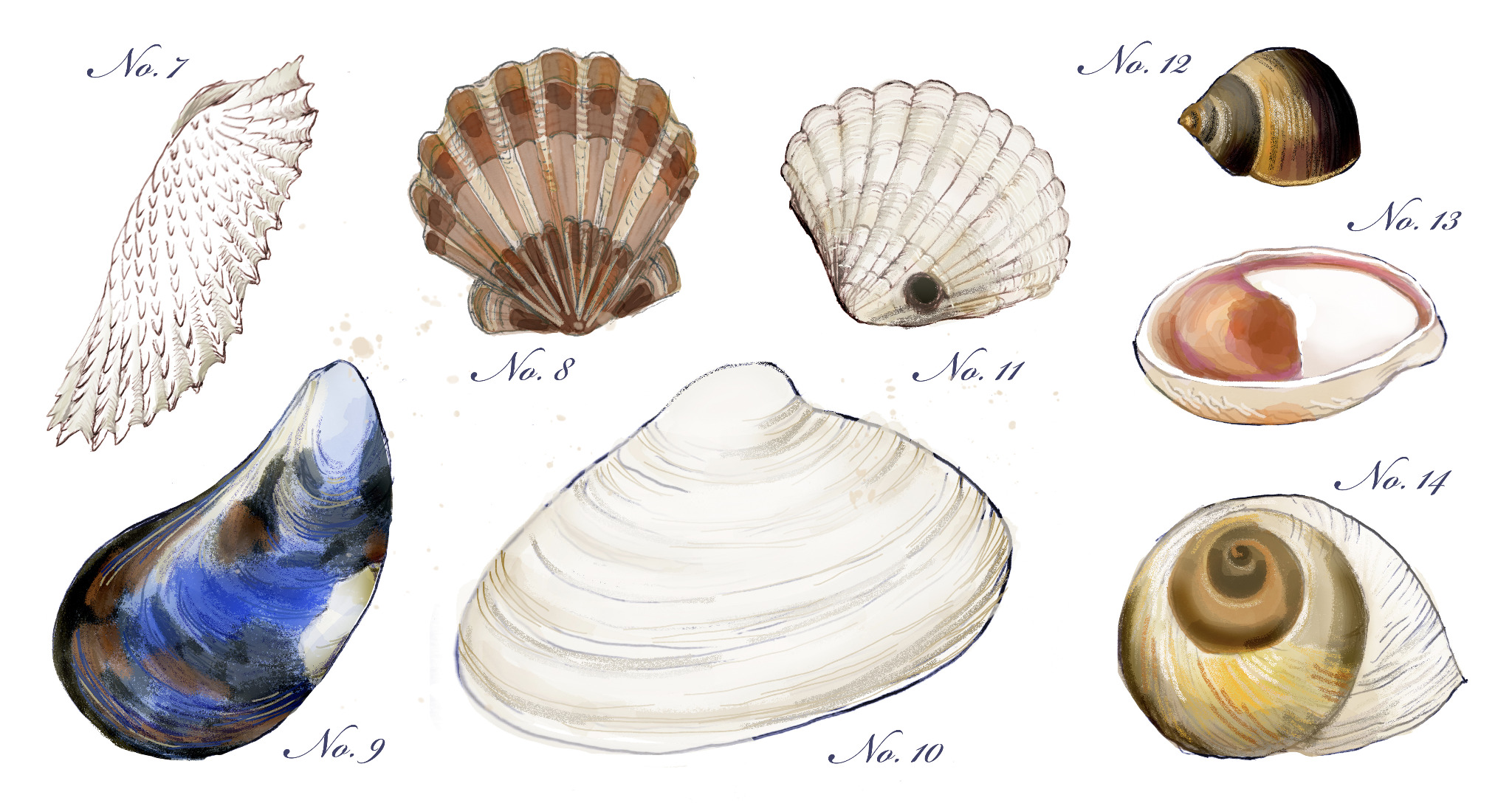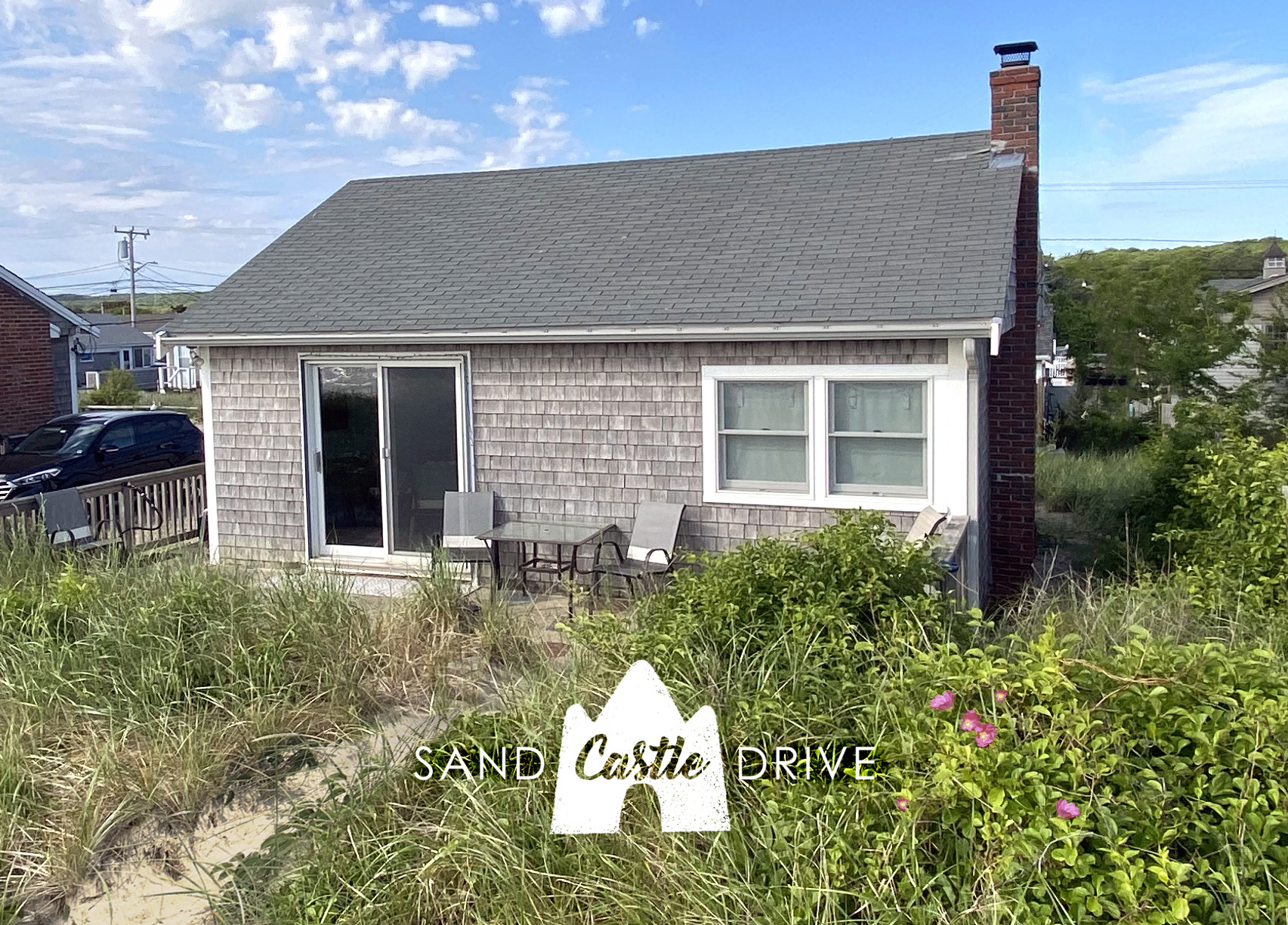House Manual for Sand Castle Drive
Thank you for choosing Sand Castle Drive for your summer beach vacation on Cape Cod! Below are some helpful tips about our cottage. For house rules, policies and amenities, please refer to our listing Houfy.com/13505

·3 min read





